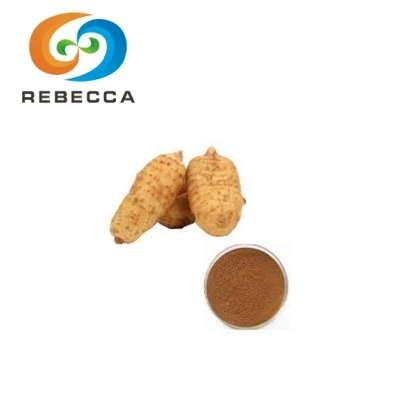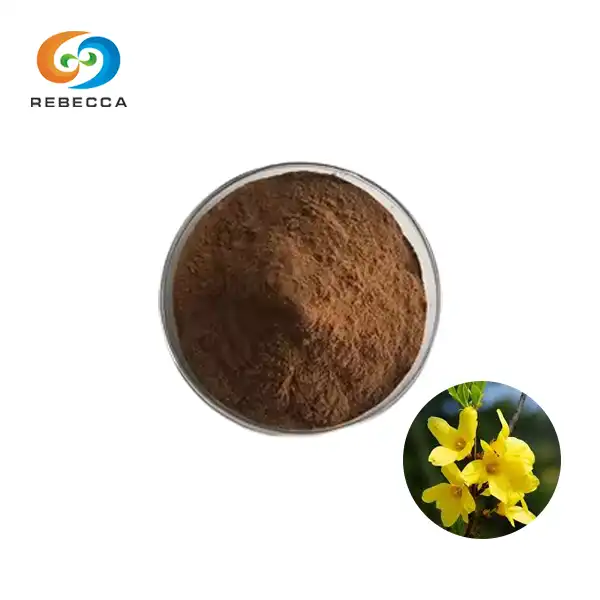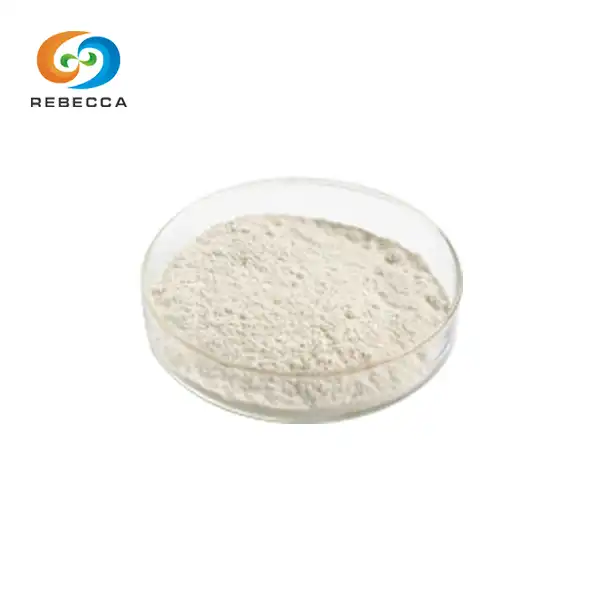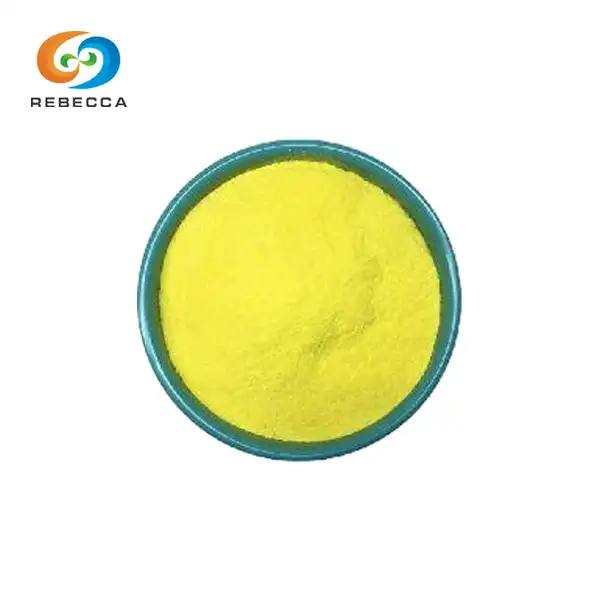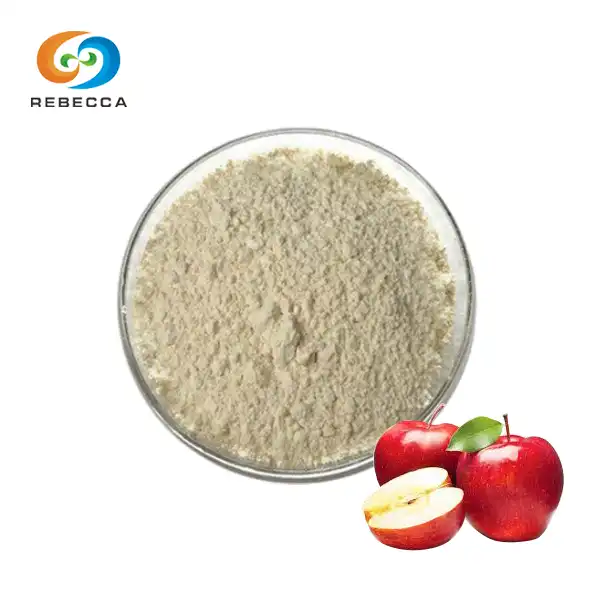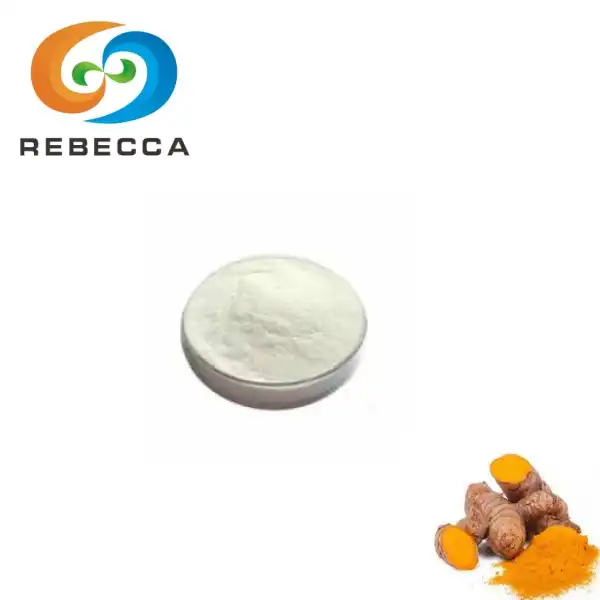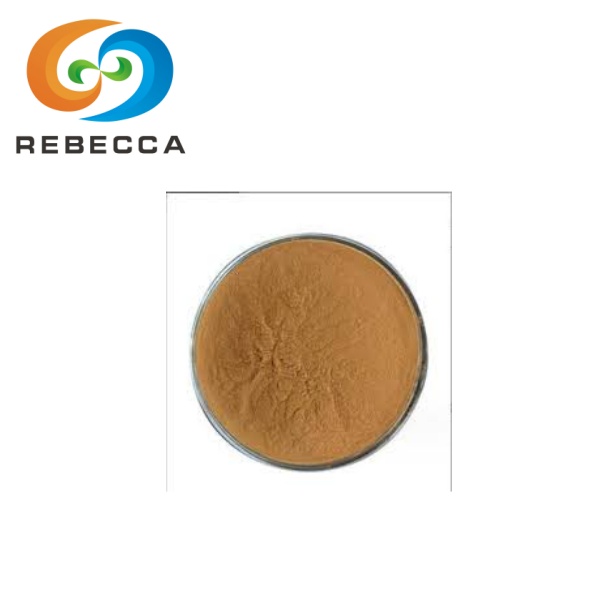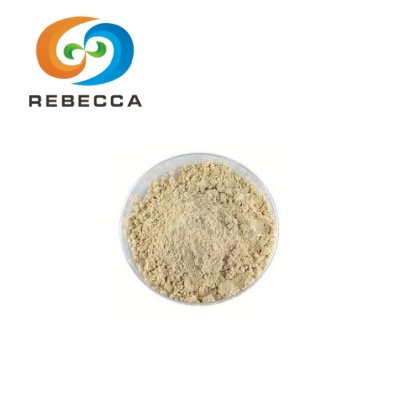Is honey extract the same as honey?
The relationship between honey and honey extract reflects broader trends in food science and technology, where traditional natural products are being refined, concentrated, and modified to meet specific industrial and consumer needs. These modifications often enhance certain properties while potentially diminishing others, creating products that serve different purposes than their original forms. The honey industry exemplifies this evolution, where ancient beekeeping practices meet modern processing technologies to create diverse product portfolios.
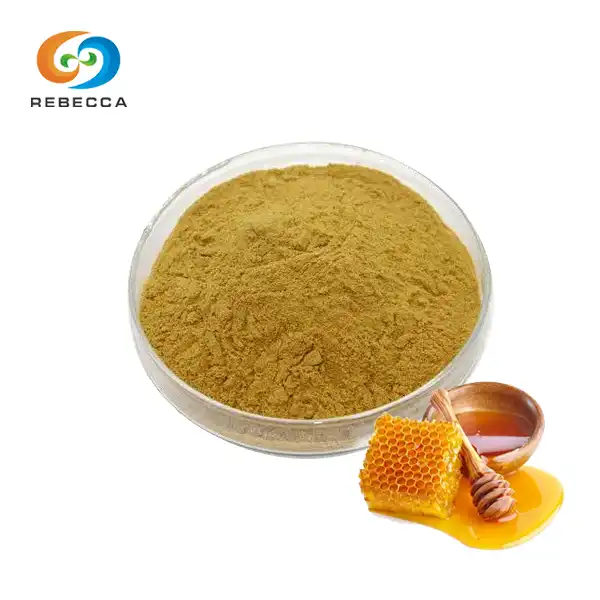
Product Name: Honey Powder, Honey Extract, honey extract powder, Honey Products. Honey P.E.
Specification: Honey Powder 65%
Test Method: HPLC
Latin Name: raw honey powder.
Our Honey Extract Powder is a premium natural ingredient tailored for the cosmetic industry. Sourced from high-quality honey, it is processed into a fine powder that retains the beneficial properties of honey, such as its moisturizing, antioxidant, and soothing effects. This powder is ideal for various cosmetic applications, providing both efficacy and a luxurious touch to your formulations.
Definition and Nature
Traditional honey represents one of nature's products, created through the complex biological processes of honeybees as they collect nectar from flowering plants. This golden liquid consists primarily of natural sugars, including fructose and glucose, along with water, enzymes, vitamins, minerals, amino acids, and trace amounts of pollen and propolis. The composition of honey varies significantly depending on the floral sources visited by the bees, seasonal factors, and geographic location, creating the diverse flavor profiles and characteristics that honey enthusiasts appreciate.
The natural state of honey includes numerous bioactive compounds that contribute to its renowned therapeutic properties. Raw honey contains pollen, natural enzymes and antioxidants, as well as pollen grains that may provide enhanced nutritional value. These naturally occurring substances work synergistically to provide honey's antimicrobial, antioxidant, and anti-inflammatory effects, which have been recognized and utilized by human civilizations for thousands of years.
Honey extract, in contrast, represents a processed derivative that has been modified to concentrate specific compounds or to achieve particular functional characteristics. The extraction process typically involves methods such as solvent extraction, water extraction, or specialized concentration techniques that isolate certain components while removing others. This selective processing results in a product that may have enhanced concentrations of desired bioactive compounds but lacks the complete compositional complexity of whole honey.
The fundamental difference in nature between these products lies in their molecular complexity and completeness. While honey maintains its natural matrix of compounds in their original proportions and interactions, honey extract represents a fraction of this complexity, focused on specific active ingredients or functional properties. This distinction has significant implications for their biological activity, stability, and applications in various industries.
From a regulatory perspective, honey and honey extract often fall into different categories. Traditional honey is typically classified as a food product with well-established standards for purity, moisture content, and authenticity. Honey powder and extracts, however, may be classified differently depending on their intended use, particularly in food and pharmaceutical applications where their processing and carrier materials become important considerations. This regulatory distinction reflects the fundamental differences in their composition and intended applications.
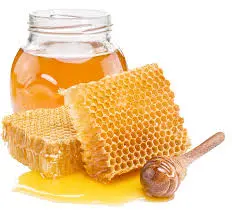
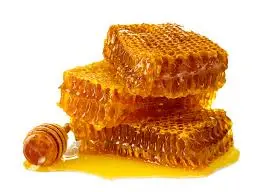
Processing Differences
The journey from hive to consumer reveals stark differences in how honey and honey extract are processed, with each pathway designed to achieve specific objectives. Traditional honey processing focuses primarily on purification and preservation while maintaining the product's natural characteristics. After extraction from the honeycomb, honey is typically strained to remove wax and particles, with some producers applying gentle heat to facilitate this process without altering the natural composition. This minimal processing approach preserves the complex matrix of compounds that define authentic honey.
The processing of honey extract involves significantly more intensive procedures designed to concentrate, isolate, or modify specific components. Common extraction methods include aqueous extraction, where honey is dissolved in water and then concentrated through evaporation or freeze-drying techniques. Solvent-based extraction methods may use ethanol or other food-grade solvents to isolate particular bioactive compounds, followed by solvent removal to yield concentrated extracts with enhanced potency of specific components.
Temperature control during processing represents a critical factor that distinguishes these production pathways. While honey may be heated to 66-77°C to reduce viscosity for filtration, and some honey is pasteurized at 72°C or higher to enhance shelf life and destroy yeast cells, these temperatures are generally kept as low as possible to preserve heat-sensitive compounds. Honey extract processing, however, may involve more aggressive thermal treatments during concentration or drying phases, potentially affecting the stability and activity of thermolabile compounds.
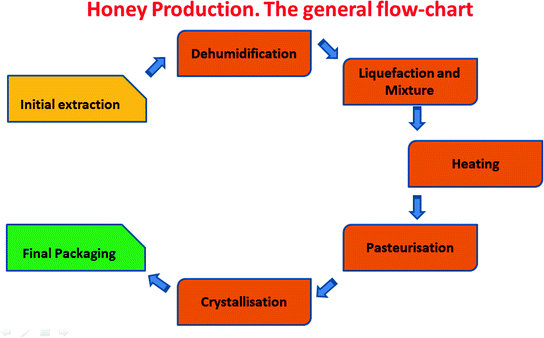
Uses and Applications
The distinct characteristics of honey and honey extract have led to their utilization in different applications across various industries, with each product offering unique advantages based on its specific properties. Traditional honey finds its primary applications in food and beverage industries, where its natural sweetness, flavor complexity, and liquid consistency make it ideal for direct consumption, cooking, and beverage formulation. The culinary world particularly values honey's ability to provide not just sweetness but also unique flavor notes that vary with floral sources, creating opportunities for gourmet applications and artisanal products.
In the pharmaceutical and nutraceutical sectors, both products serve important but different roles. Honey's well-known anti-inflammatory, antioxidant, and antimicrobial characteristics make it valuable for wound healing, cardiovascular health, and treating infectious diseases, with successful applications in hemodialysis, diabetic foot ulcers, and various other medical conditions. These therapeutic applications typically benefit from honey's complete natural composition and the synergistic effects of its multiple bioactive compounds.
Honey extract products excel in applications where concentrated bioactive compounds, improved stability, or specific physical properties are required. The pharmaceutical industry particularly values extracts for their standardized potency and enhanced shelf stability, which are crucial for consistent therapeutic outcomes. Powdered honey extracts offer significant advantages in tablet and capsule formulations, where liquid honey's high moisture content and viscosity would present manufacturing challenges.

Rebecca: Honey Extract for Sale
The question of whether honey extract is the same as honey reveals the complexity and diversity within the world of bee-derived products. While both products originate from the same natural source and share certain beneficial properties, they represent distinctly different approaches to harnessing the therapeutic and functional benefits of honey. Traditional honey maintains its complete natural composition and complex matrix of bioactive compounds, making it ideal for applications where authenticity, natural flavor, and synergistic effects are paramount.
Rebecca stands as a reliable honey powder supplier, committed to providing high-quality products that meet the demanding requirements of modern applications. Our Honey Powder 65% specification represents a carefully standardized product that delivers consistent performance and quality. Through rigorous HPLC testing methods, we ensure that each batch meets our exacting standards for purity and potency. Our raw honey powder, derived from premium Latin Name sources, provides the concentrated benefits of honey in a stable, easy-to-use format.
For researchers, manufacturers, and businesses seeking reliable honey P.E solutions, Rebecca offers the expertise and quality assurance necessary for successful applications. Our commitment extends beyond product supply to include comprehensive technical support and guidance for optimal product utilization. For more information about our honey products or to place an order, please reach out to us at information@sxrebecca.com. We look forward to supporting your projects with our premium honey P.E solutions.
References
1. Ball, D. W. (2007). The chemical composition of honey. Journal of Chemical Education, 84(10), 1643-1646.
2. Bogdanov, S., Jurendic, T., Sieber, R., & Gallmann, P. (2008). Honey for nutrition and health: a review. Journal of the American College of Nutrition, 27(6), 677-689.
3. Samarghandian, S., Farkhondeh, T., & Samini, F. (2017). Honey and health: A review of recent clinical research. Pharmacognosy Research, 9(2), 121-127.
4. da Silva, P. M., Gauche, C., Gonzaga, L. V., Costa, A. C. O., & Fett, R. (2016). Honey: Chemical composition, stability and authenticity. Food Chemistry, 196, 309-323.
5. Ahmed, S., & Othman, N. H. (2013). Honey as a potential natural anticancer agent: a review of its mechanisms. Evidence-Based Complementary and Alternative Medicine, 2013, 829070.
